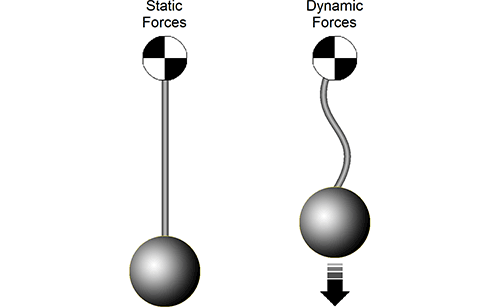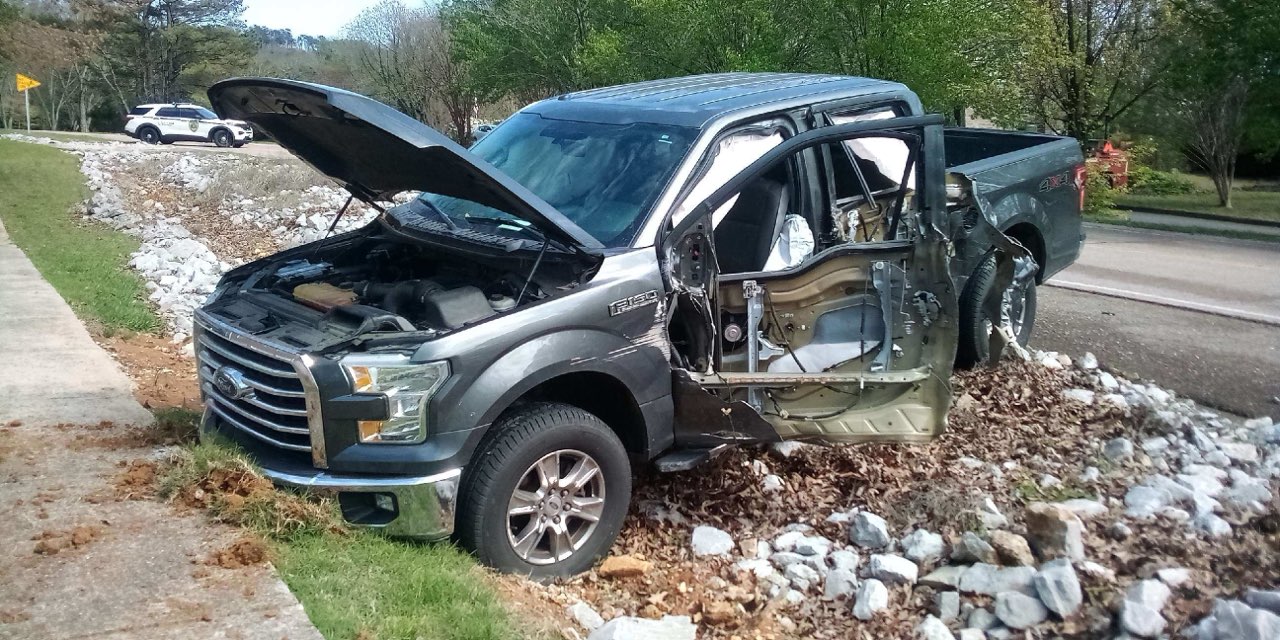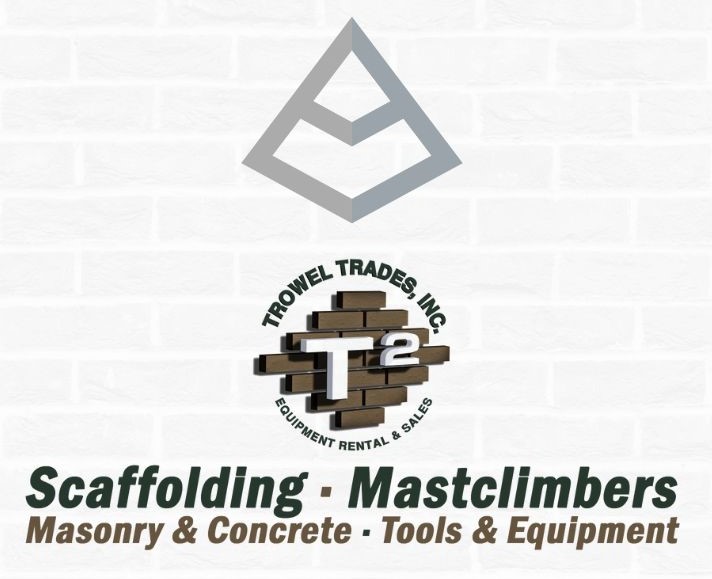
FREE SHIPPING ON
ALL QUALIFYING ORDERS
Enter your email below to join our mailing list:

In its never-ending march to identify, quantify, and clarify, ANSI has recently released its Z359.18 standard. Just as we have seen in earlier updates, ANSI is once again breaking its original Z359.1-2007 standard into its component parts in order to dedicate an individual standard to specific area of fall protection equipment manufacturing and testing. In this latest installment, ANSI focuses its attention on anchorage connectors.
Before we get to the new anchorage designations, we need to take a brief moment to look over a few terms that ANSI has either introduced or clarified. These terms will also be inserted into the ever-growing Z359.0 Definitions and Nomenclature Used for Fall Protection and Fall Arrest standard, which – if you didn’t know already – contains all of the specialized terminology used throughout ANSI documentation. It’s worth a read since one of the most confusing parts of any industry is the jargon specific to that industry. Fall protection is rife with terms that mean something entirely different than they do to the outside world. Giving this document a thorough read will not only give you the vocabulary with which to begin (or continue) your fall protection education, but it will help provide a greater context of how the pieces of fall protection fit together. You can read it in its entirety here.
The new/clarified ANSI Z359.18 definitions are:
Connection point – The element on an anchorage connector or other fall protection component used for attachment to another component, system or subsystem.
Serviceability load – The maximum static load that may be supported by a component or an assembly without deteriorating its functional performance. Note: Proof loads should never exceed this load.
Static strength – The ultimate capacity of a component or an assembly to support a static load without breaking or deforming in such a way that the load is released.
Working load – The unfactored static component of the design load as stated by the manufacturer. Note: refers to aggregate simultaneous load of personnel, equipment, and/or material to be supported by the equipment or system.
Granted, several of these terms are already in common use in the fall protection world, but since ANSI is using them in a specific way in this new standard, it is necessary to make sure everyone is on the same page regarding their meaning, else different people may interpret the standard a different way. I realize that sounds obvious, but when it comes to engineering and technical information, we shouldn’t necessarily take anything for granted.
In addition to new definitions, ANSI also introduced three new categories for anchorage connectors. Whereas the previous 2007 standard included all anchorage connectors under the single category of “Anchorage Connector Component,” anchorage connectors are now classified as Type A, Type T, or Type D.
ANSI defines the new types as:
Type A: an anchorage connector (other than a Type D or T anchorage connector) designed for an active fall protection system
Type T: an anchorage connector designed to support a suspended component/tie-back line for an active fall protection system
Type D: an anchorage connector designed to allow deformation or movement when arresting a fall with the purpose of absorbing fall energy and reducing the strength requirements of the anchorage to which it is attached. Deformation may be permanent or temporary. In some cases, these anchorage connectors may not be suitable for work positioning, rescue, rope access and suspended component/tie-back because of their low service ability load rating. Also, travel restraint may be acceptable based on the serviceability rating and deformation limits of the individual product.
As has been the case when any standard has been updated or added, manufacturers (including Guardian), must enter into a process whereby all existing products (in this case anchorage connectors) are audited with the new standard in mind. Remember, no product can be marked as being compliant with the new standard until it has been tested to the new specifications found therein. For example, the new Z359.18 standard requires a corrosion test for Type T anchors whereby the anchorage connector is exposed to a salt spray for 500 hours. The previous Z359.1 standard, with which anchorages connectors are currently compliant, has no such requirement. This, of course means an extensive battery of tests as products are brought compliant with the new standard. Unfortunately, this work can’t be completed overnight.
In part as a response to the new directives established in the .18 standard, and also our recent accreditation as an ISO 17025 compliant testing lab, Guardian has invested in an additional product test tower. The new tower will enable us to increase our testing throughput as well as the types of tests we are able to perform. By bringing even more testing capabilities in-house, we will have direct and immediate access to results, which will help shorten product development from inception to production. By all accounts, for Guardian and you the consumer, this is a win/win situation.

At the end of the day, the practical impact of Z359.18 to the end user will likely not be major change. But, much like ANSI’s creation of SRL classes, the new anchor type designations will help organize products into groups based on their intended use or performance so that fall protection professionals can best suit the solution to the problem. Given the myriad of workable solutions out there, it makes sense to categorize products into meaningful groups to give some sort of direction when selecting a product. After all, keeping the worker at height safe is what the ANSI standards are all about, and anything that helps achieve that goal by making choices clearer and surer, is a step in the right direction.





No spam, notifications only about products and updates.

Having dealt with MK Diamond Products and the Delahauts since the mid 1990’s it is sad to hear the news that they have closed their

I’ve told my wife and daughter to never follow a mortar mixer down the interstate. For over 30 years we have sold, rented, and repaired

This question is one of the most frequent mixer related questions our rental staff are asked. Our contractor customers know the importance of using the right tools for the job.

Trowel Trades, a company that specializes in equipment rental, tool retail, repair services, scaffolding and mast climber access solutions, enters the Silver Tier of the Masonry Alliance Program.
Your email was submitted successfully.
YOUR 10% OFF COUPON CODE IS WELCOME10.
See category exclusions below.
Category Exclusions:
Arbortech Brick and Mortar Saw, Compaction, Concrete Mixers, Concrete Walk Behind Saws, Drop Hammers, Grout Hogs, iQ Power Tools, Masonry Block Saws, Masonry Brick Saws, Mast Climbers, Mortar Mixers, Mud Buggy, Saws, Scaffold, Self Dumping Hoppers, Shoring, and Stihl